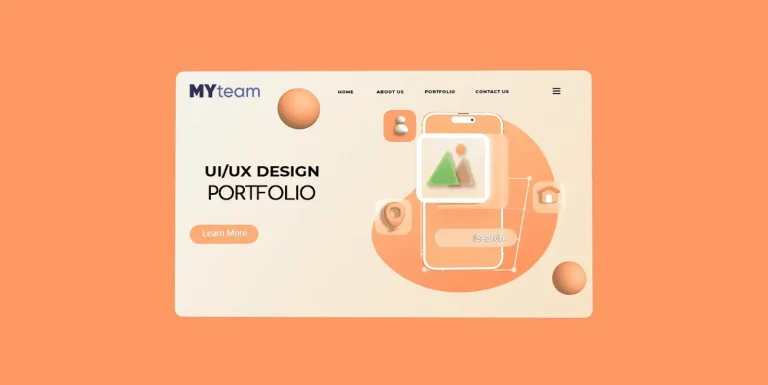Types of Portfolios
Portfolios come in several types:
Personal Portfolio for Freelancers: Designed to showcase creative works, case studies, and client testimonials.
Corporate Portfolio: Represents a company by highlighting its projects and achievements.
Advertising Landing Portfolio: Combines presentation and service selling with a focus on conversion.
Why is a Portfolio Important?
A portfolio helps to:
Attract New Clients: Visitors can evaluate the quality of your work and decide to collaborate.
Build Trust: Transparent project presentations instill confidence in your professionalism.
Differentiate Yourself: It sets you apart from competitors by showcasing your unique style and approach.
Advantages of a Portfolio
Visual Appeal: A well-designed portfolio immediately captures attention.
Dynamic Updates: Easily update projects and add new case studies.
Interactivity: Integration with social media, feedback forms, and interactive animations enhances the user experience.
Portfolio Case Studies
1. Company One – Portfolio of a Freelance Designer
Sections: A prominent homepage banner, an interactive gallery of works, an “About Me” section, client testimonials, and contact information.
Objective: To showcase creativity and professionalism while enabling quick contact with potential clients.
2. FreshPixels – Portfolio of a Freelance Designer
Sections: Visually appealing presentation of projects, service descriptions, a case studies block, a blog about design, and a feedback form.
Objective: To enhance brand recognition for the designer and create a positive first impression among visitors.
3. GoogleAds.in.ua – Advertising Landing Page for a PPC Specialist
Sections: Clear service descriptions, examples of successful ad campaigns, case studies, and a strong call-to-action (CTA) button for ordering consultations.
Objective: To build client trust and encourage orders for PPC advertising services.




